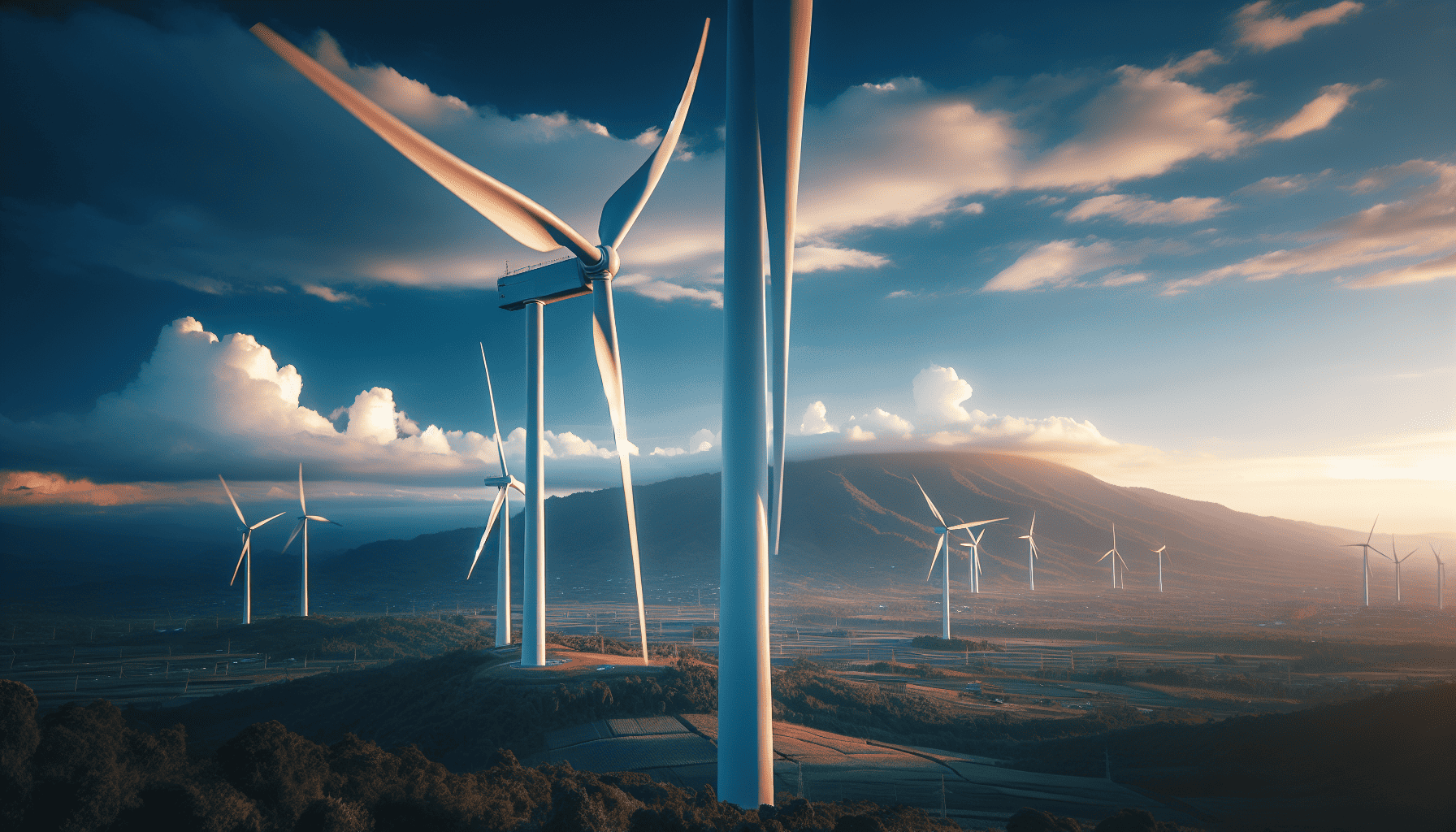Wind energy has emerged as a pivotal player in the transition towards renewable energy sources. As concerns about climate change and energy security continue to grow, the demand for sustainable and efficient energy solutions has never been greater. At the forefront of this movement are advanced wind energy solutions that harness cutting-edge technology to capture wind power more effectively and sustainably.
The modern wind turbine is a marvel of engineering, with designs that continually evolve to maximize output and efficiency. These advancements have allowed wind energy to become more competitive with traditional fossil fuels, both in terms of cost and performance. A key focus of recent innovations has been on the design and materials of the turbine blades. Utilizing lightweight composites and aerodynamically optimized shapes, new turbine blades can capture more wind energy while minimizing material fatigue and wear. This extends the lifespan of turbines, reducing maintenance costs and improving overall energy yield.
Beyond the physical improvements, digital technology plays a significant role in enhancing wind energy solutions. Smart sensors and data analytics allow for real-time monitoring and optimization of turbine performance. These systems can predict maintenance needs before they become critical issues, thus minimizing downtime and operational disruptions. Additionally, machine learning algorithms analyze weather patterns to adjust turbine settings for maximum efficiency, ensuring consistent energy output even in fluctuating conditions.
The integration of offshore wind farms represents another leap forward in harnessing wind energy. Offshore sites typically experience stronger and more consistent winds compared to land-based locations, which translates to higher energy production. Advances in floating turbine technology have further expanded the scope for offshore installations, allowing turbines to be placed in deeper waters where wind resources are even richer. These offshore developments are set to significantly boost the global capacity for wind energy, making substantial contributions towards meeting energy demands sustainably.
Moreover, energy storage solutions are being developed in conjunction with wind power generation to address the issue of intermittency, a common critique of renewable energy sources. Innovations such as advanced battery systems, pumped storage, and emerging technologies like hydrogen production from surplus wind energy, provide effective ways to store energy and ensure a stable supply even when the wind isn't blowing.
The continuous evolution of wind energy solutions promises a greener, more sustainable future. As investments in research and development grow, and with supportive policy frameworks in place, wind energy stands to become a cornerstone of the global energy landscape. By embracing these advanced technologies, we are not only harnessing wind power more effectively but also taking significant strides towards reducing our carbon footprint and safeguarding our planet for future generations.
